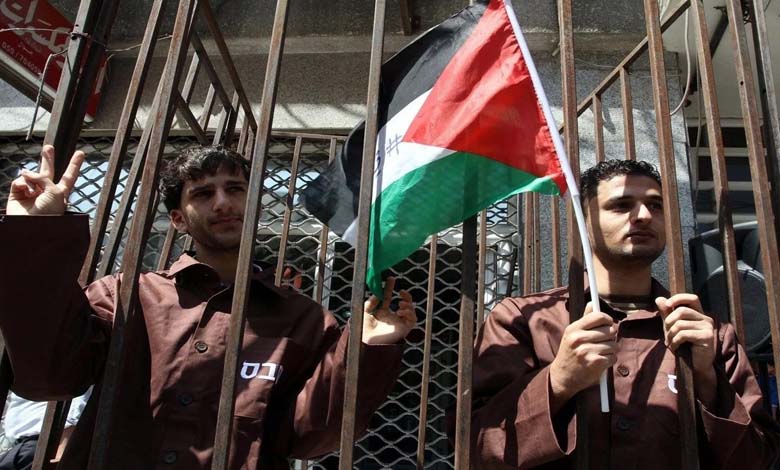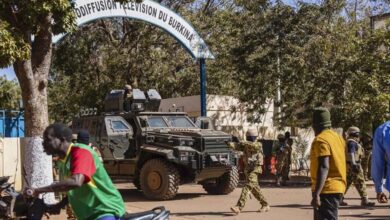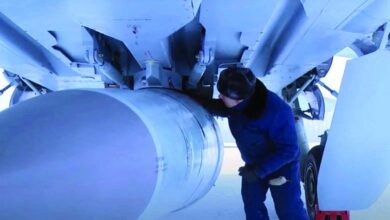Faces and memories behind the numbers: Palestinian prisoners in Israeli jails

Israel released nearly two thousand Palestinian prisoners this month in exchange for twenty living Israeli hostages held by Hamas, as part of the Gaza ceasefire agreement brokered by the United States. Among those freed were 250 Palestinians, some affiliated with armed factions, who had been convicted or accused of planning, organizing, or carrying out deadly attacks. Hamas stated that 154 of the 250 convicts were deported to Egypt.
During the war, the Israeli army arrested or placed under administrative detention around 1,700 additional Palestinians among those later released.
Following the deal, more than 9,100 Palestinians remain held across twenty-three Israeli prisons and detention centers. Palestinian human rights organizations report that an unknown number of Gaza residents are also being held in Israeli military camps, including Sde Teiman in the Negev Desert and Naftali in northern Israel. Israel has not disclosed further details regarding their number, locations, or conditions.
According to the Palestinian Prisoners’ Club and other rights groups, approximately 3,544 detainees out of the 9,100 are held under administrative detention without trial. A report from the Palestinian Authority’s Commission of Detainees and Ex-Detainees Affairs revealed that 77 prisoners have died in Israeli custody since the war began.
Before Hamas’s attack on Israel on October 7, 2023, the total number of Palestinian prisoners was about 5,250, including 1,320 under administrative detention. The Israeli Prison Service maintains that it does not oversee arrests or legal proceedings.
The Israeli Ministry of Justice reported that charges against the 250 recently released prisoners ranged from kidnapping and murder to large-scale attacks, firearms possession, and affiliation with extremist groups. Of the 9,100 prisoners currently held, roughly 1,200 have been convicted, 3,544 are under administrative detention, and reports indicate that 400 are minors and 52 are women.
Human rights organizations note that many detainees, including doctors and teachers, were arrested for participating in anti-Israeli protests or for having relatives suspected of involvement in militant activity. The accusations range from stone-throwing to alleged ties with outlawed organizations.
For Palestinians, these prisoners are seen as heroes of resistance against occupation. For Israel, they are viewed as terrorists responsible for acts of violence against its citizens.
Under emergency laws, Israeli authorities can detain individuals deemed security threats without trial — a practice widely criticized internationally. Such detentions, often renewed indefinitely, mainly target Palestinians but have occasionally been used against Jewish Israelis suspected of attacking Palestinians. The government argues that these measures are necessary to prevent further violence when evidence is insufficient for prosecution or when revealing it could expose intelligence sources.
By law, detainees must appear before a court within eight days, which may uphold or overturn the detention order, and judges are permitted to review classified evidence without the detainee’s presence if disclosure is considered a national security risk.
Gazans are often detained under the “Unlawful Combatants Law,” which allows for indefinite detention of individuals believed to have directly or indirectly participated in hostilities against Israel. Palestinian rights groups report that before the latest ceasefire, about 2,673 people were held under this law, with 1,700 released afterward. In some cases, judges extended detention without formal charges or convictions.
The Israeli army stated that initial arrests made without immediate conclusive evidence — such as video footage of a crime — fall under the “Unlawful Combatants Law,” and that criminal arrests occur only when definitive evidence is later obtained.












